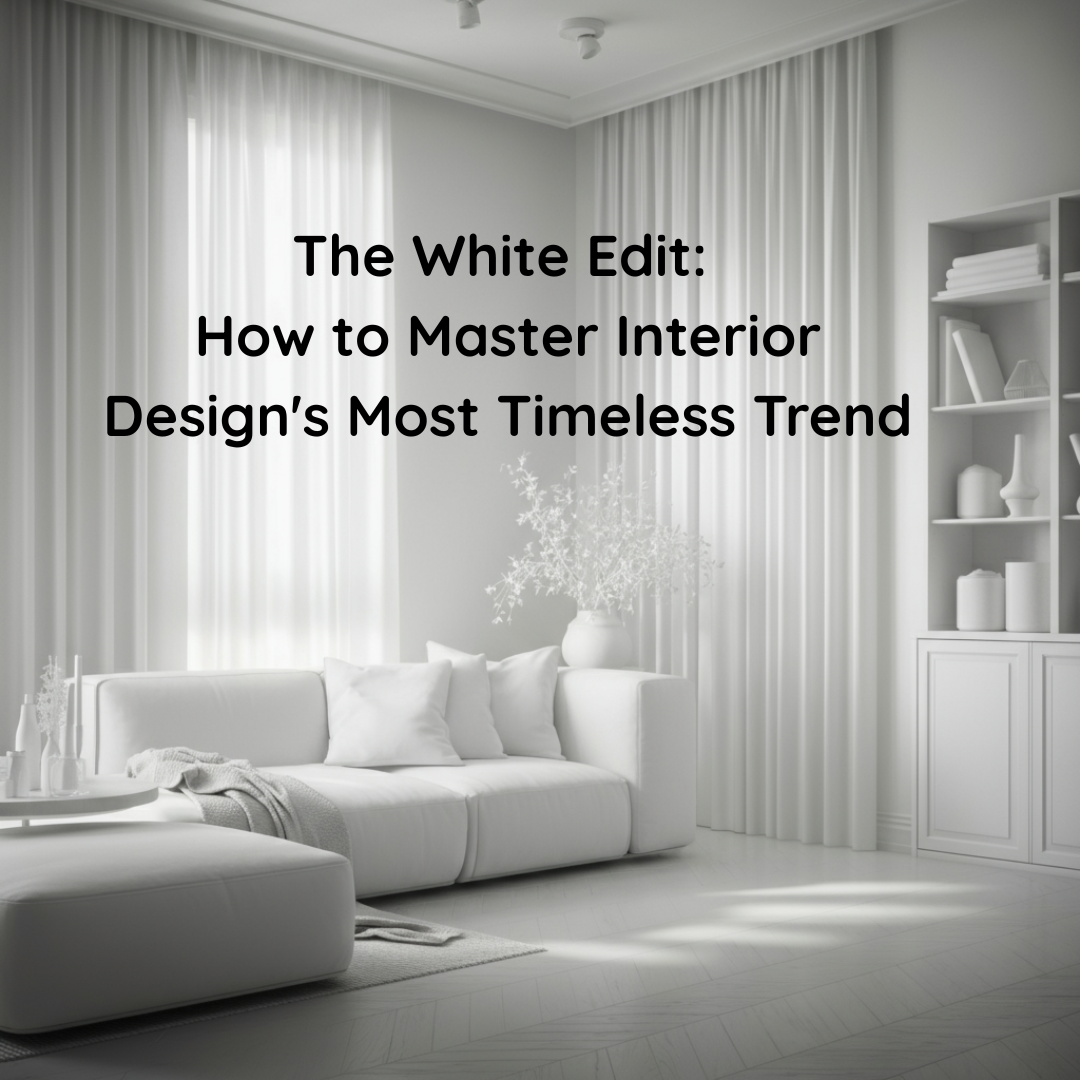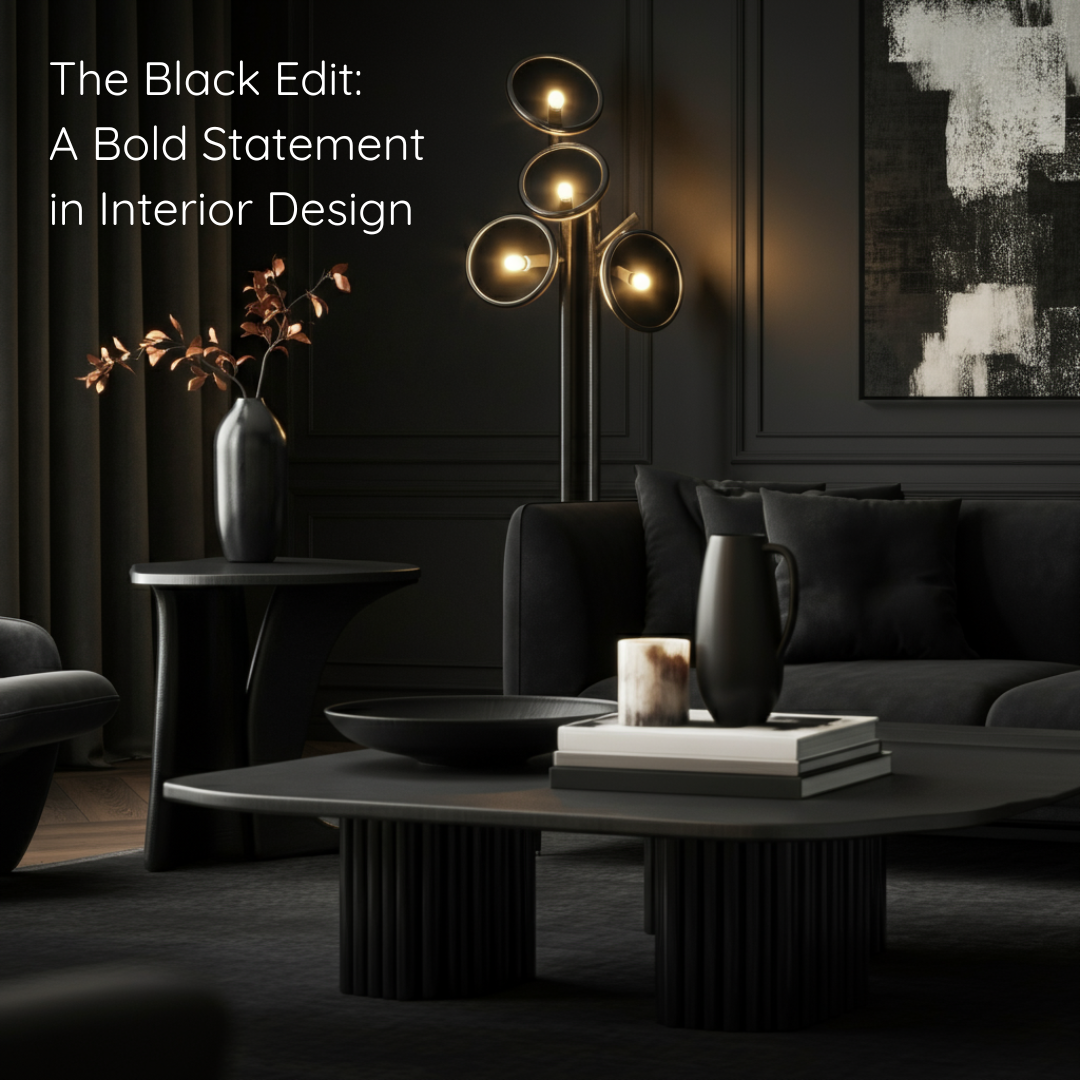White interiors have captivated designers and homeowners for centuries, from the pristine chambers of Versailles to the minimalist lofts of modern Manhattan. This enduring design philosophy, often referred to as “The White Edit,” transforms spaces through the strategic use of white and off-white furnishings, creating environments that feel both luxurious and serene.
The White Edit isn’t merely about painting walls white or purchasing white furniture. It’s a sophisticated approach to interior design that celebrates texture, form, and light whilst maintaining a cohesive palette. This design philosophy emerged from various movements throughout history—from the stark elegance of Scandinavian design to the pristine simplicity of modern minimalism.
Understanding this design style requires appreciating its nuanced approach to creating depth and interest without relying on bold colours. The White Edit challenges designers to craft compelling spaces through contrast, texture, and carefully considered proportions rather than vibrant hues.
Understanding The White Edit Design Philosophy
The White Edit represents more than a colour choice—it embodies a design philosophy rooted in restraint and refinement. This approach traces its origins to several influential movements, including the Bauhaus school’s emphasis on functional beauty and the Scandinavian tradition of hygge, which celebrates comfort and cosiness through simplicity.
Historically, white interiors signified wealth and status, as white fabrics and furnishings required extensive maintenance and frequent replacement. The Georgian townhouses of 18th-century London often featured white-painted rooms to showcase the homeowner’s ability to maintain such pristine spaces. This association with luxury persists today, though modern materials make white interiors far more practical.
The contemporary White Edit draws inspiration from various sources: the serene monasteries of medieval Europe, the sun-bleached coastal homes of the Mediterranean, and the clean lines of modernist architecture. Each influence contributes to a design language that prioritises light, space, and tranquillity.
This design philosophy operates on the principle that removing colour distractions allows other design elements—texture, proportion, and light—to take centre stage. The result is spaces that feel larger, brighter, and more harmonious.
Essential Considerations for The White Edit
Successfully executing The White Edit requires careful consideration of several key factors that can make or break the overall effect.
Lighting and Natural Elements
Natural light serves as the foundation of any successful White Edit. White surfaces reflect and amplify available light, but the quality and direction of that light dramatically affects how whites appear throughout the day. North-facing rooms may render whites cooler and bluer, whilst south-facing spaces warm whites to cream or ivory tones.
Artificial lighting becomes equally crucial. Layer different light sources—ambient, task, and accent lighting—to create depth and prevent the harsh, sterile appearance that can plague poorly planned white interiors. Warm LED bulbs help counteract the potentially cold feeling of extensive white surfaces.

Texture and Material Variety
The absence of colour in The White Edit places enormous importance on texture and material selection. Successful white interiors incorporate diverse materials: rough-hewn timber beams against smooth plaster walls, nubby linen cushions beside sleek ceramic surfaces, or weathered stone floors beneath crisp white furniture.
Natural materials bring warmth and authenticity to white spaces. Raw oak, natural linen, wool, stone, and rattan introduce organic textures that prevent white interiors from feeling artificial or sterile. These materials age beautifully, developing patina and character that enhances rather than detracts from the overall aesthetic.
Architectural Details and Proportions
White interiors highlight architectural features more dramatically than coloured spaces. Crown moulding, panelling, and structural elements become focal points when rendered in white. However, this also means any architectural flaws or poor proportions become more apparent.
Consider how white affects spatial perception. Light colours advance visually, making rooms feel larger but potentially overwhelming in poorly proportioned spaces. Strategic use of different white tones can help define zones and create visual interest without introducing colour.
Benefits of Embracing The White Edit
The White Edit offers numerous advantages that explain its enduring popularity among designers and homeowners alike.
Timeless Elegance and Versatility
White interiors transcend fleeting trends, providing a timeless backdrop that adapts to changing tastes and lifestyles. This versatility allows homeowners to refresh their spaces through accessories, artwork or single statement pieces without requiring complete redesigns.
The neutral foundation of The White Edit accommodates various decorating approaches. Whether your taste leans towards Scandinavian minimalism, French country charm, or contemporary modernism, white provides an adaptable canvas for personal expression.
Enhanced Natural Light and Spatial Perception
White surfaces reflect up to 80% of available light, dramatically brightening interiors and reducing reliance on artificial illumination during daylight hours. This light-enhancing quality makes white particularly valuable in small spaces, urban environments with limited natural light, or homes with challenging orientations.
The psychological effects of bright, airy spaces cannot be understated. White interiors often promote feelings of calm, cleanliness, and openness, contributing to overall wellbeing and mental clarity.
Sophisticated Backdrop for Art and Collections
The White Edit creates museum-quality backgrounds for displaying artwork, collections, or statement furniture pieces. Against white walls and amongst white furnishings, colourful artwork appears more vibrant, whilst sculptural objects gain prominence through contrast.
This neutral backdrop allows you to rotate seasonal displays or change focal points without clashing with existing décor. A single bouquet of peonies or a carefully chosen throw can transform the entire mood of a white room.
Potential Drawbacks to Consider
Despite its many advantages, The White Edit presents certain challenges that require thoughtful solutions.
Maintenance and Practicality Concerns
White surfaces show dirt, scuffs, and stains more readily than darker alternatives. This visibility requires more frequent cleaning and maintenance, particularly in high-traffic areas or homes with young children or pets. Consider the practical implications of white furniture and fabrics in your specific living situation.
However, modern materials and treatments have made white interiors far more practical than their historical counterparts. Performance fabrics, stain-resistant treatments, and durable finishes help address traditional maintenance concerns.
Risk of Sterile or Impersonal Atmospheres
Poorly executed white interiors can feel cold, institutional, or lacking in personality. Without careful attention to texture, lighting, and personal touches, The White Edit may create spaces that feel more like medical facilities than welcoming homes.
Combat this risk through layering textures, incorporating natural materials, and including personal collections or meaningful objects that reflect your personality and lifestyle.
Expert Tips for Mastering The White Edit
Successfully implementing The White Edit requires attention to detail and understanding of how different whites interact with each other and their environment.
Embrace White’s Many Variations
Pure white rarely exists in nature, and successful white interiors typically incorporate multiple white tones. Warm whites contain hints of yellow, pink or beige, whilst cool whites lean towards blue or grey undertones. Understanding these subtle differences prevents clashing and creates sophisticated tonal variations.
Sample different whites in your space before committing. Paint large swatches on different walls to observe how each white behaves in varying light conditions throughout the day.
Strategic Introduction of Contrast
The White Edit doesn’t mean eliminating all contrast. Strategic use of darker elements—black window frames, dark timber floors or charcoal accents—prevents white spaces from appearing washed out whilst maintaining the overall light, airy aesthetic.
Consider the 80/20 rule: maintain approximately 80% white or light neutral surfaces whilst introducing 20% darker or contrasting elements for visual anchoring and depth.
Layer Textures Thoughtfully
Build visual interest through texture rather than colour. Combine smooth and rough surfaces, matte and glossy finishes, hard and soft materials. A white interior might feature smooth marble countertops, rough-textured walls, glossy ceramic accessories, matte painted furniture and soft wool textiles.
Natural textures particularly enhance white interiors. Incorporate elements like weathered wood, natural stone, woven baskets or live plants to bring organic warmth to pristine white spaces.
Creating Your Perfect White Haven
The White Edit offers a sophisticated approach to interior design that celebrates light, texture and form over bold colour statements. This timeless philosophy creates spaces that feel both luxurious and serene, providing adaptable backgrounds for evolving tastes and lifestyles.
Success with The White Edit requires understanding its nuanced approach to colour, texture, and light. Rather than simply choosing white paint and white furniture, embrace the complexity of creating depth and interest through material selection, lighting design, and architectural consideration.
Start small with a single room to test your approach before committing to an entire home transformation. Pay attention to how different whites interact in your specific space and lighting conditions. Most importantly, remember that The White Edit should enhance your lifestyle rather than constrain it—adapt these principles to create spaces that truly feel like home.
Further Reading: Affordable Decorating Ideas That Will Transform Your Home
Daily Inspiration: Follow Us on Instagram, BlueSky, Threads , Pinterest, Twitter, TikTok





